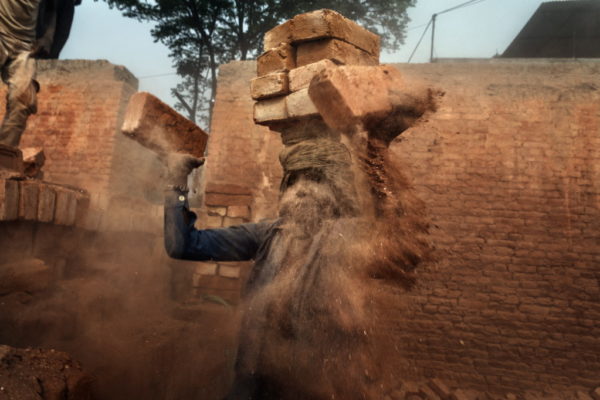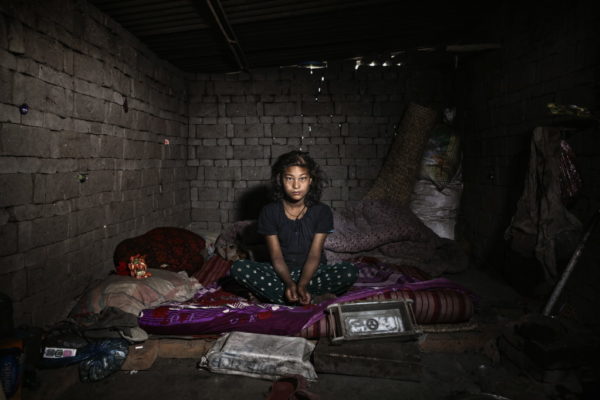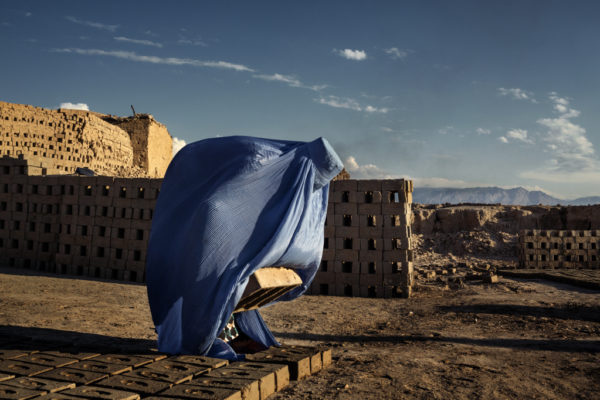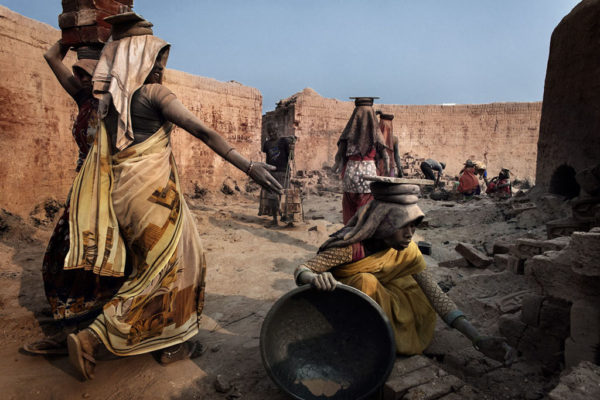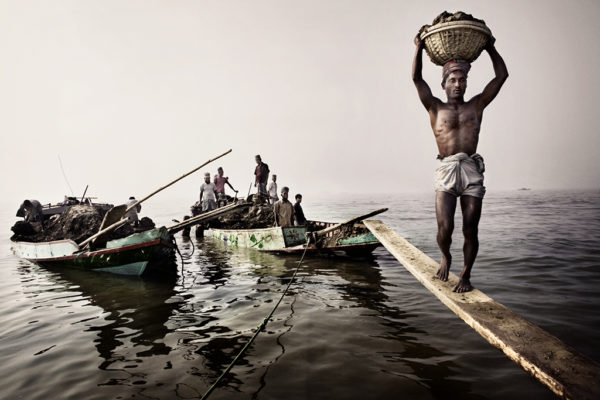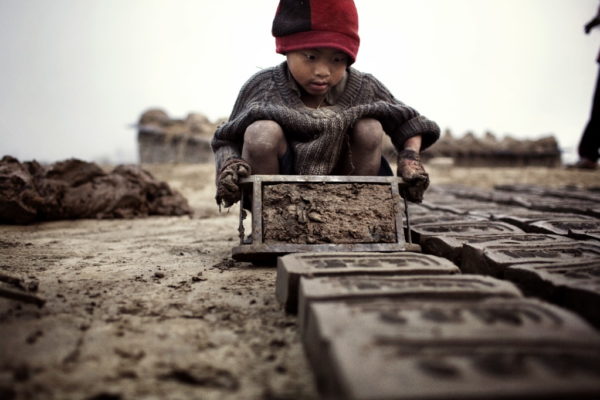X
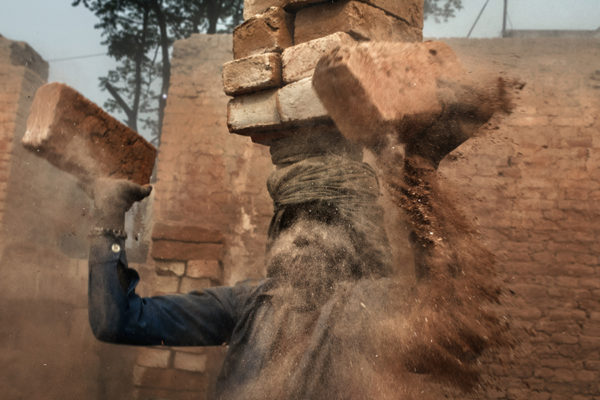
An estimated 1.500 billion bakedclay bricks are produced globally every year. The biggest part of the production is concentrated in the less developed countries. Asia alone produces 1.300 billion bricks, which accounts for 87 per cent of the entire world production. A medium-sized kiln may employ from 50 to 100 workers on average, and producing around 400,000 to 600,000 bricks in one month. To meet this demand, every year individuals, families and unaccompanied children undertake a migration within their own country or to neighboring ones, to work in the kilns. Migration increases workers’ vulnerability as the host location does not cater for their rights, welfare and basic requirements of this fluid population. Bricks are key to the reconstruction of a country but often also responsible for the destroyal of those who make them. There is a large amount of literature on the impact of bricks kilns on urban air pollution and on consequent health effects, specifically around respiratory diseases. Some studies have also proved the connection between bricks kilns air pollution and premature deaths, including a research by the World Bank in Bangladesh which discovered that brick kilns are responsible for 750 premature deaths every year in the country. This is the meaning of the photographic project ““Building bricks, killed by bricks”, by Luca Catalano Gonzaga, a documentary of this situation in Central Asia – Nepal, Pakistan, Afghanistan, India and Bangladesh – that tells the condition in which the poorest workers survive. Not only do adults work in the kilns, but especially children and women. Family life also takes place around the kilns. Cramped homes where entire families live, work and breathe the product of their efforts. The phenomenon of illiteracy goes hand in hand with poverty and underdevelopment, which forces millions of children to leave school before being able to read and write and to go to work under conditions of exploitation. In 2017, according to the World Labor Organization (ILO), there are in the world, 218 million children in employment, between the ages of 5 and 17, including 90 million in Asia.
